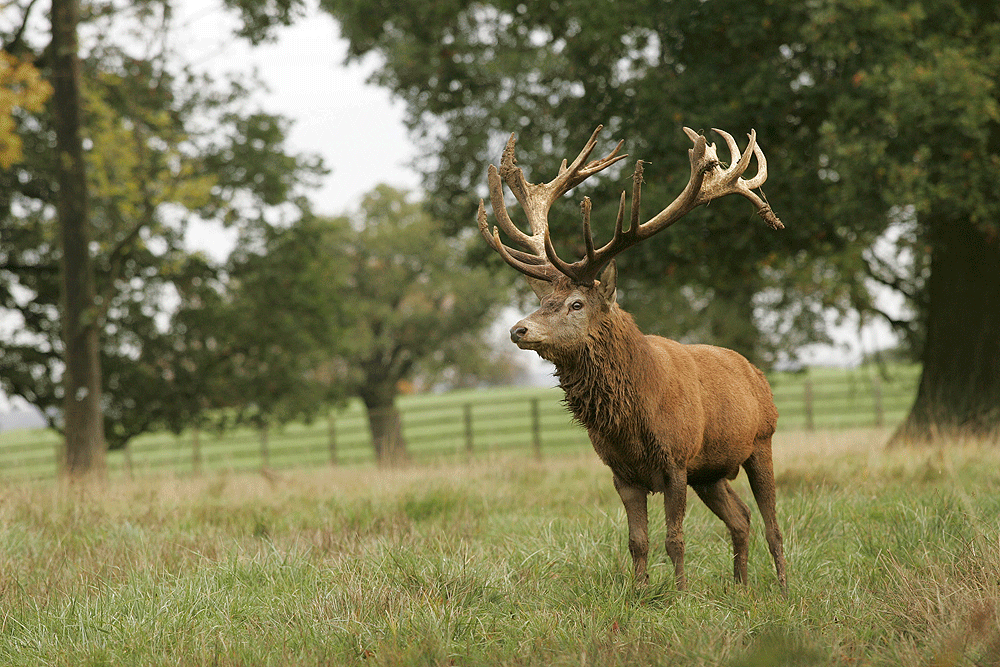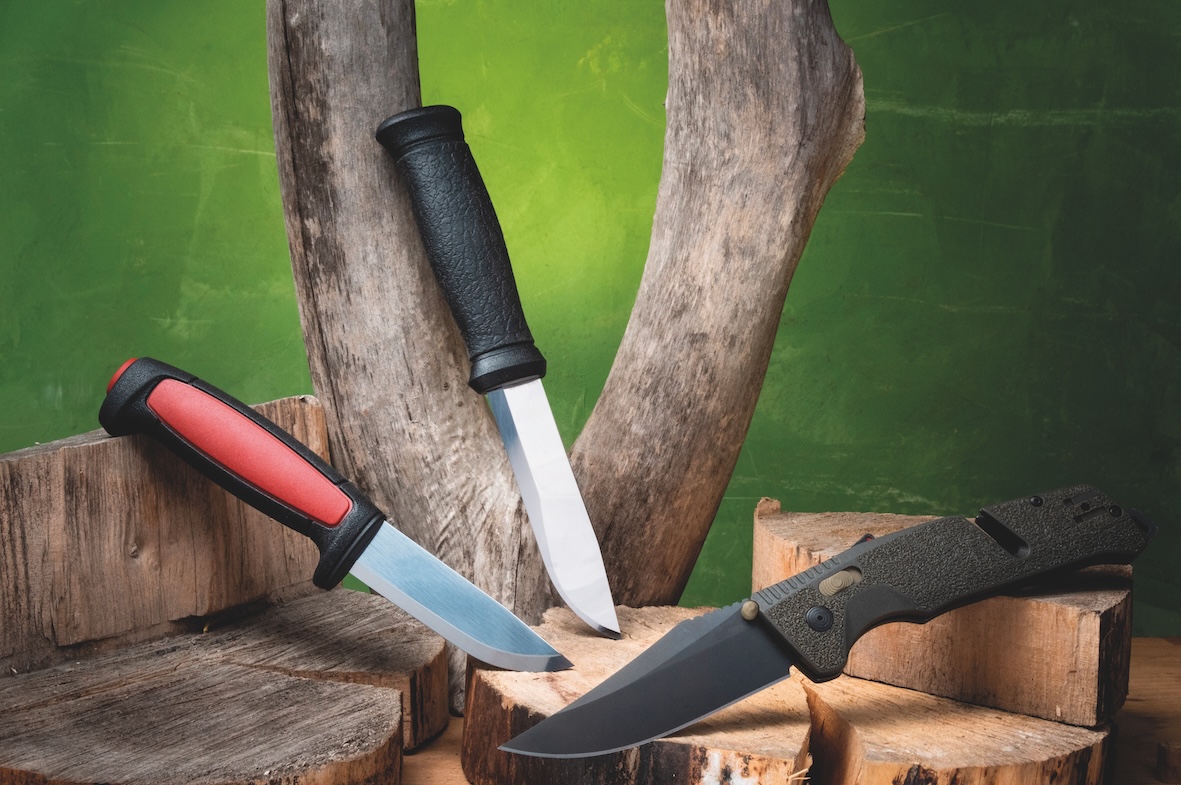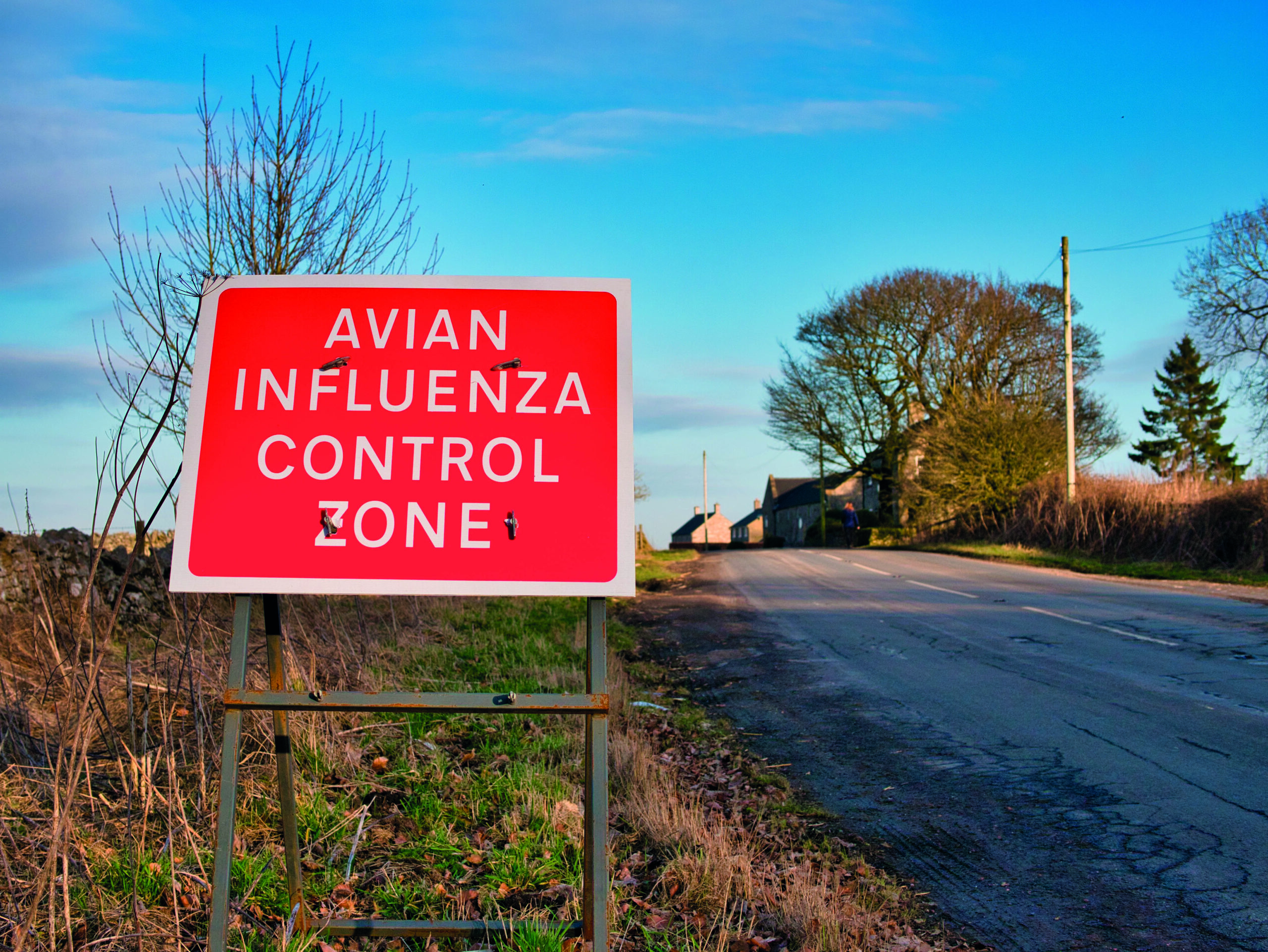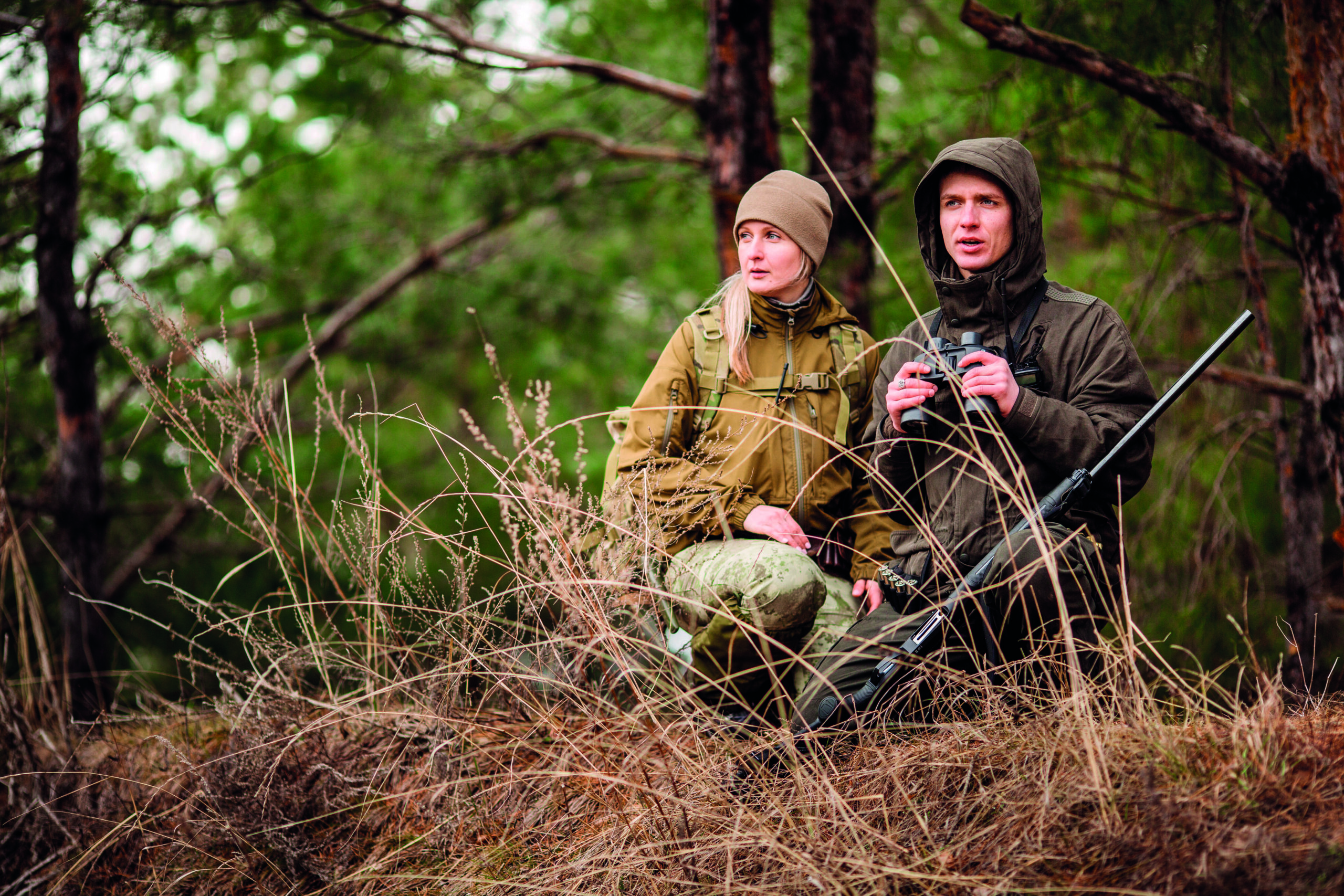Call for co-operation on culling

Trophy hunting and differences in deer management policy are threatening the health of deer herds, and of woodland in the West Country, according to the Deer
Initiative (DI).
In an interview with the Western Morning News, DI deer liaison officer John Stowers said he considers deer management in the region to be in generally
good shape, but “ancient woodland and some of our Sites of Special Scientific Interest, where there are large numbers of deer, are in an adverse condition and that condition is declining — that is as a result of the deer.”
In addition, there have been reports that, in Cornwall, recent rises in numbers and competition for food in traditional habitats have caused deer to search for food in local urban and suburban areas. This brings the deer into closer proximity with roads and increases the likelihood of collisions with motorists, especially at dawn and dusk.
Landownership in Devon and Cornwall is relatively fragmented and there are many areas where several people own small portions of the deer’s territory. The matter is further complicated because they do not always have the same objectives when it comes to culling.
“Unless we get these landowners working together, sharing information, sharing their cull figures, making themselves into a little deer management group, we cannot properly manage the deer across our woods,” Mr Stowers said. “It’s as simple as that.”
Though overall populations are increasing, Mr Stowers and local farmers fear that numbers of mature male deer are disproportionately low, due to a combination of trophy hunting and poaching. Last September the severed heads of 11 red deer stags were dumped by poachers in a lay-by near South Molton, Devon. In November farmers in North Devon voiced their fears that the actions of poachers and trophy hunters were leaving few good breeding stags in the herds of red deer on Exmoor.
Mr Stowers said that bringing landowners together and setting up deer management groups will not only help reduce deer numbers, but will also help rebalance herds and improve their condition. Increased communication and co-operation between landowners will help see that enough hinds and does are culled, and the undue focus isn’t placed on guiding paying guests to beasts with trophy heads.
“The guides have got to make money — it is their business,” Mr Stowers told the Western Morning News. “But the best way to control the deer is by culling the females and that is the responsible thing to do, not just take bucks and stags.”
The DI offers help and advice to those looking to establish deer management groups. To contact Mr Stowers email [email protected] or tel 07966 966389
Charles Smith-Jones looks further into the apparent conflict between deer management and shooting trophy heads in the 19 February issue of Shooting Times.








